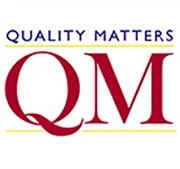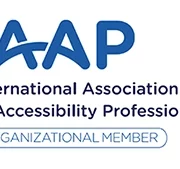
Quick, Reliable and Accurate XML Conversion
Cost-Effective and Efficient XML conversion services
XML conversion services play a crucial role in modernizing content for digital platforms, ensuring seamless accessibility, interoperability, and data structuring. As XML is a widely recognized cross-platform web-publishing file format, publishers and enterprises greatly benefit from converting their legacy files into XML format to enhance data usability and streamline workflows.
XML (Extensible Markup Language) files are flexible, scalable, and compatible with various reading platforms, making them an ideal choice for businesses looking to manage and distribute content efficiently. Our XML conversion services are designed to help publishers, enterprises, and organizations optimize their document management processes with precision and reliability.
Why Choose Our XML Conversion Services?
- High-Volume Data Processing – We convert vast amounts of data efficiently while maintaining data integrity.
- Accuracy & Error-Free Conversion – Our meticulous approach ensures precision, eliminating formatting and structural errors.
- Cost-Effective & Scalable Solutions – We offer tailored XML conversion services that fit different business needs and budgets.
- Multi-Format Conversion – Our experts convert data from various formats, including PDF, TXT, CSV, XLS, and Word, into structured XML format.
- Industry-Standard Compliance – We adhere to the highest industry benchmarks for XML conversion, ensuring consistency and reliability.
Whether you need to convert books, research papers, financial documents, or technical manuals, our XML conversion services guarantee a seamless transition with enhanced accessibility. If you’re looking for an experienced provider to transform your content into structured XML format, get in touch with us today!
- We can convert huge volumes of data without any information loss
- We ensure accurate conversion, ensuring error-free content
- Our services are reliable and cost-effective
- Our team of experts can convert your data from different formats such as PDF, txt, csv, xls, Word into XML format
If you are looking for an experienced provider to convert your files to XML format with the highest industry standards, get in touch with us.
[hubspot type=form portal=21195265 id=ed600b1f-9905-4177-ae28-29802d85c875]
Our Clients




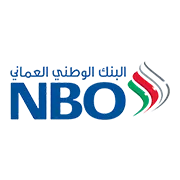
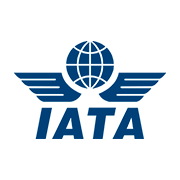






About HURIX
Hurix focuses on creating compelling and engaging digital content for the Education, Publishing, and Technology sectors with Training Solutions, e-Learning Courses & Technology Platforms being the core.
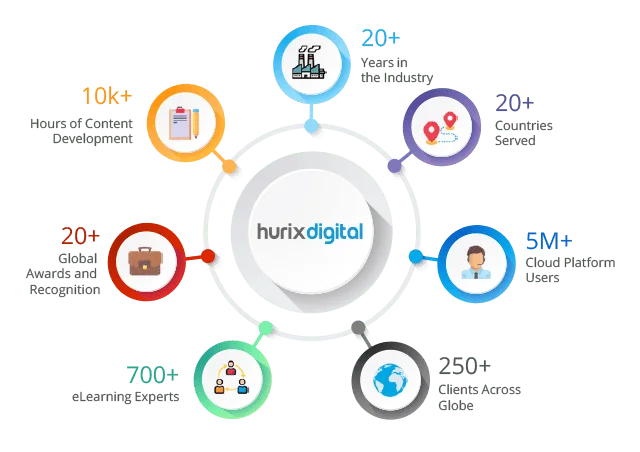
Copyright © 2024 Hurix | All Rights Reserved.




